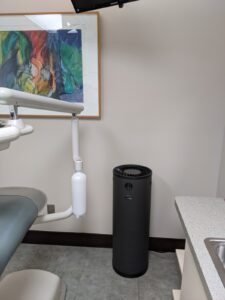Other Options for Addressing a Sleep Disorder
According to the American Academy of Dental Sleep Medicine, over 18 million people in the United States suffer from obstructive sleep apnea. Common sleep disorders, such as chronic snoring and sleep apnea, can prevent people from obtaining the rest they need to function properly at work or school. We’ve discussed other treatment options for sleep issues, such as sleep appliances or even a CPAP machine. However, in some cases simple lifestyle changes can be enough to reduce the severity of a sleep disorder.
Symptoms of Sleep Apnea
How do you know if you suffer from a sleep disorder? Common symptoms of sleep apnea include:
- Snoring
- Daytime drowsiness
- Inability to focus during the day
- Depression
- Waking up at night choking or gasping for air
If any of these symptoms sound familiar to you, then schedule a consultation with Dr. James Stewart, today, for a sleep assessment.
What Causes a Sleep Disorder?
Sleep apnea typically occurs when soft tissue in the throat obstructs airflow, causing the patient to snore or stop breathing entirely. As a result, the brain becomes oxygen-deprived and signals the person to wake up and start breathing. This process occurs multiple times a night, preventing the patient from getting proper rest. Risk factors for sleep apnea include:
- Gender (men are particularly susceptible)
- Age (especially over 60)
- Tobacco use
- Excessive alcohol consumption
- Obesity
- Family history
Lifestyle Changes
There are a few lifestyle changes you can make to help reduce sleep apnea symptoms, including:
- Weight loss
- Quit smoking and/or other tobacco use
- Stop drinking alcohol and/or taking over-the-counter sleep medications
- Sleep on your side or stomach instead of your back
- Keep your bedroom free from distractions, such as TV or computer
- Keep your bedroom dark and cool






